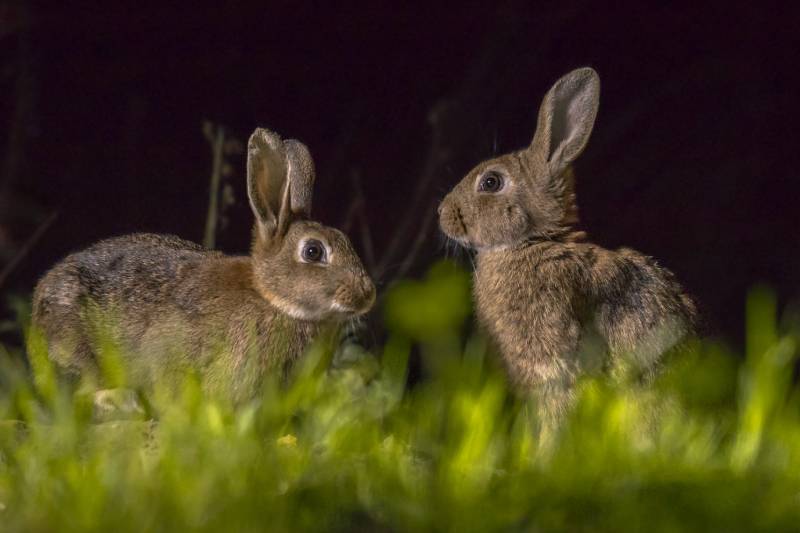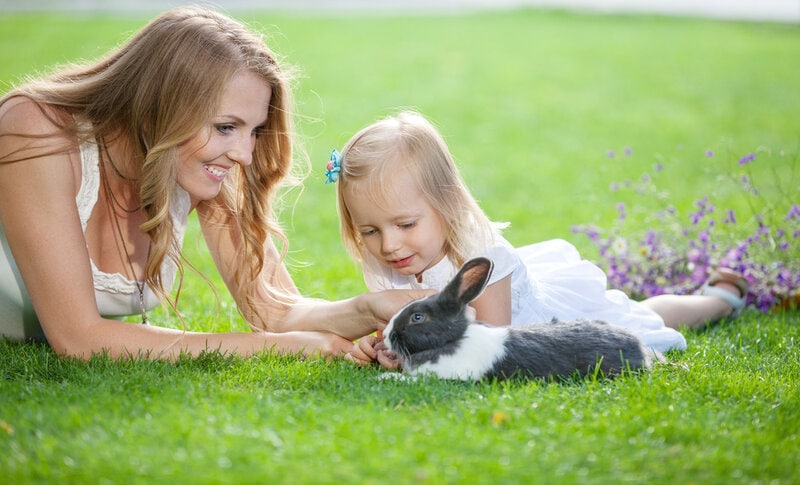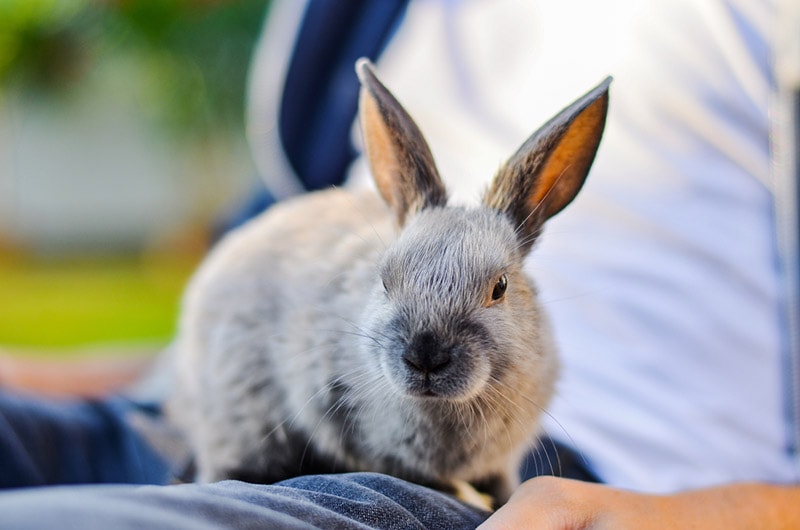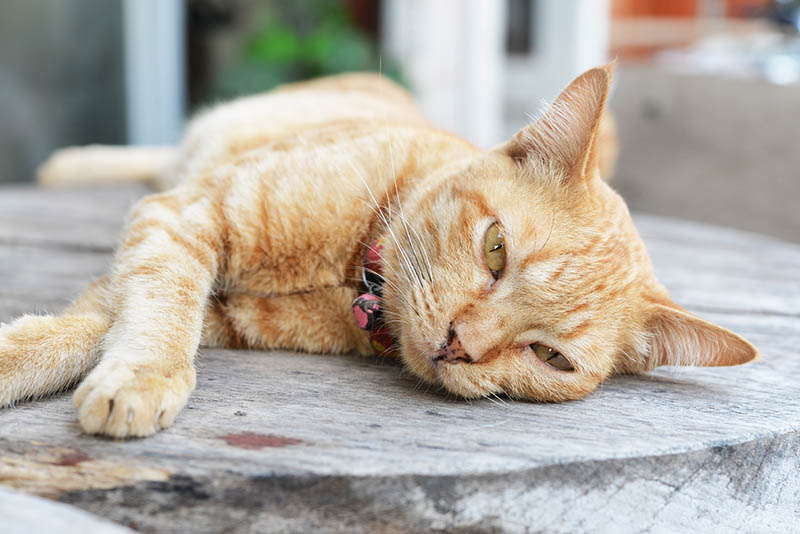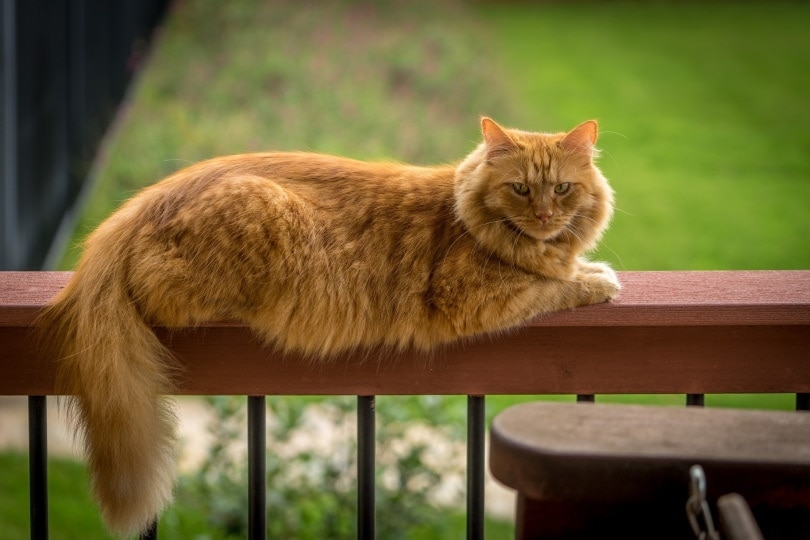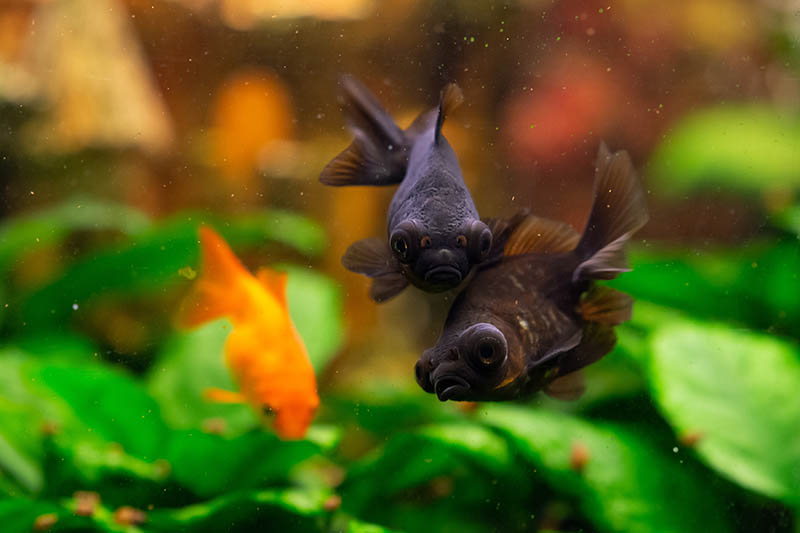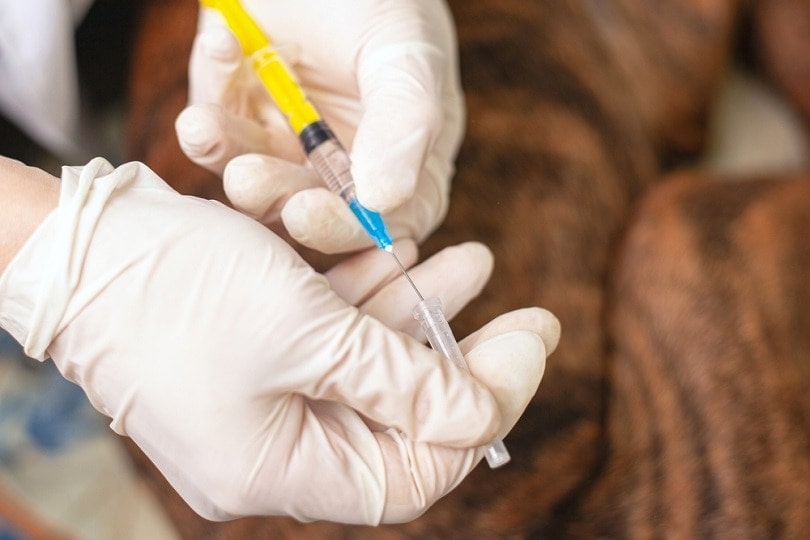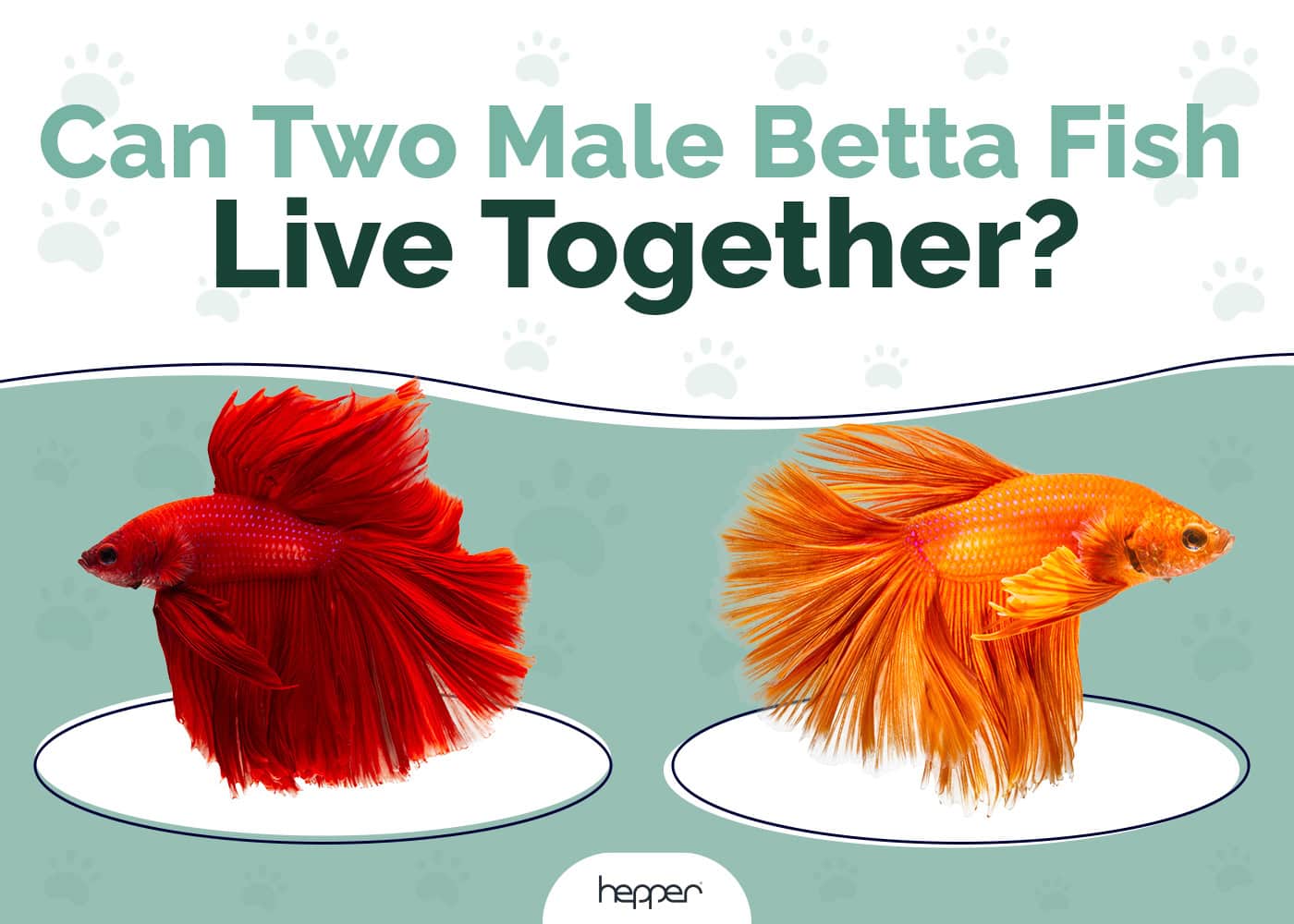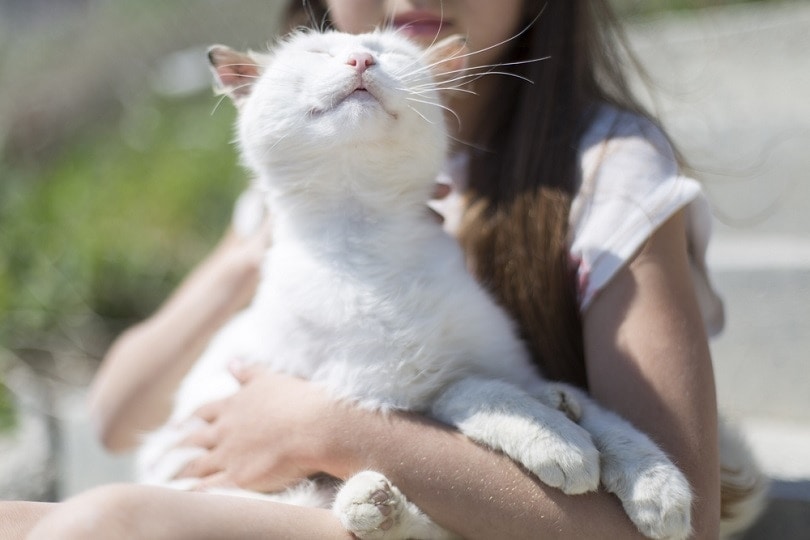When Were Rabbits Domesticated? Origins, Historical Facts & Popular Breeds

Updated on
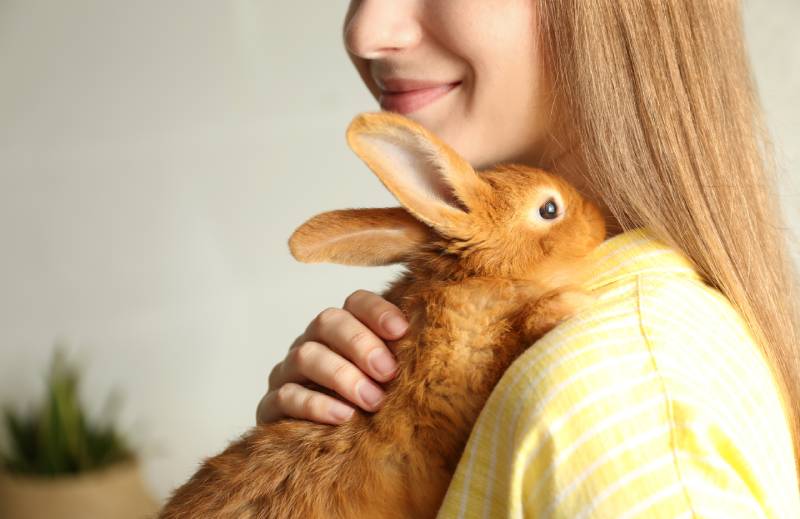
Click to Skip Ahead
The domestication of rabbits has a long and fascinating history, which has transformed these small mammals from wild creatures into beloved pets and valuable resources for humans. The domestication of rabbits is believed to have begun around the 5th century in monasteries in Southern France. This guide will explore the origins of rabbit domestication, the reasons behind it, and the various uses and cultural significance of domesticated rabbits throughout the ages.
The Origins of Rabbit Domestication
The domestication of rabbits is believed to have begun around the 5th century in monasteries in Southern France. Monks started breeding wild European rabbits (Oryctolagus cuniculus) for their meat and fur. The practice quickly spread throughout Europe, and by the 19th century, rabbits began to be kept as pets and bred for their appearance and temperament.
Rabbits were initially domesticated for their practical uses, such as providing meat and fur. Over time, selective breeding led to the development of various breeds with distinct traits, including size, color, and coat type. As rabbits gained popularity as pets, breeders focused more on their physical appearance and behavior, resulting in the diverse range of domestic rabbit breeds we see today.
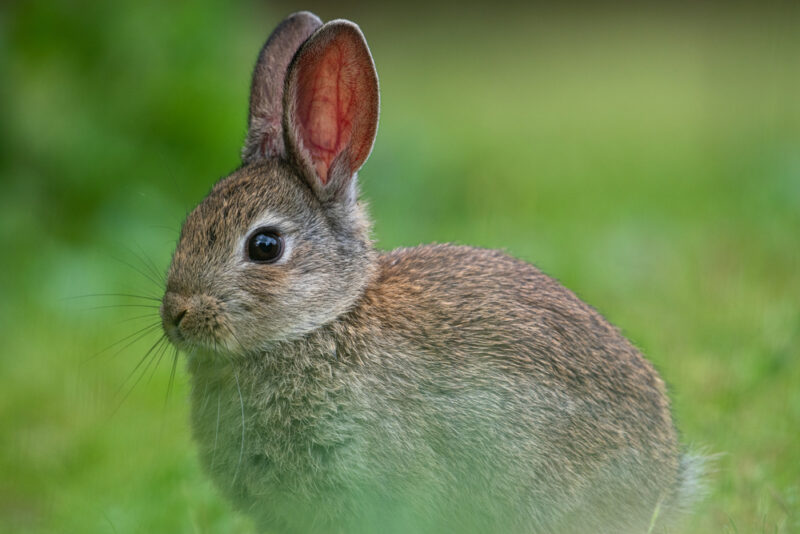
The 4 Reasons Behind Rabbit Domestication
1. Food Source
One of the primary reasons for rabbit domestication was their value as a food source. Rabbit meat is high in protein and low in fat, making it a nutritious and sustainable option. Additionally, rabbits have a high reproductive rate, allowing for a steady supply of meat.
2. Fur Production
Rabbit fur has been used for clothing and other textiles for centuries. The soft, warm fur was particularly valuable in colder climates and became an important trade commodity.
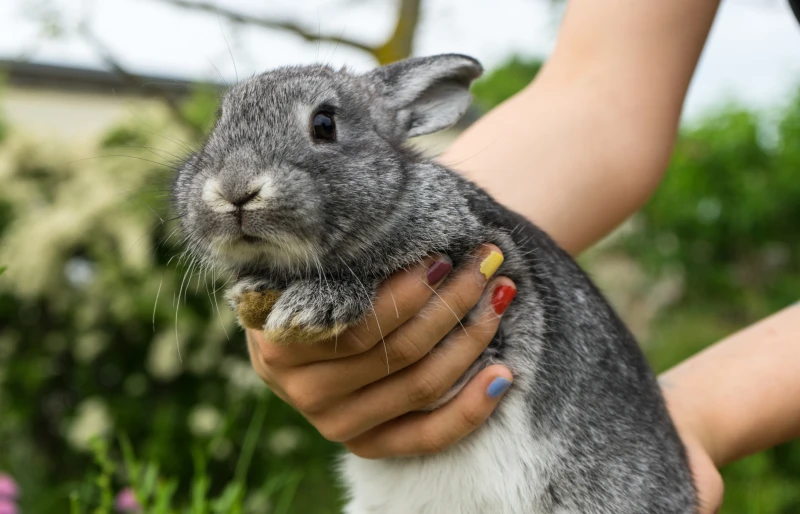
3. Pest Control
In some regions, rabbits were introduced to help control agricultural pests, such as rodents and insects. However, this practice sometimes led to unintended consequences, as rabbit populations could grow out of control and become pests themselves.
4. Companionship
As the practice of keeping rabbits as pets became more popular, their role shifted from solely utilitarian purposes to companionship. Rabbits are social animals that can form strong bonds with humans, making them appealing pets for many people.
Cultural Significance and Symbolism
Rabbits have held various symbolic meanings across different cultures and time periods. Some common themes include:
- Fertility and abundance: Due to their high reproductive rate, rabbits have long been associated with fertility and abundance in many cultures.
- Innocence and purity: In some societies, rabbits are seen as symbols of innocence and purity, often appearing in religious art and folklore.
- Luck and prosperity: The concept of a “lucky rabbit’s foot” dates back to ancient times, where carrying a rabbit’s foot was believed to bring good fortune and protection.
Human Impact on Rabbit Populations
Positive Impacts
Domestication has allowed rabbits to thrive in a variety of environments and has contributed to their popularity as pets and livestock. Selective breeding has also led to the development of numerous rabbit breeds, each with unique traits and characteristics.

Negative Impacts
The introduction of rabbits to non-native environments, such as Australia, has had devastating consequences on local ecosystems. Rabbits are known to cause significant damage to vegetation, leading to soil erosion and loss of habitat for native species. Additionally, the spread of diseases such as myxomatosis and rabbit hemorrhagic disease has had severe effects on both wild and domestic rabbit populations.
Brief Breed Domestication History for the 12 Most Popular Rabbit Breeds
These 12 breeds of rabbits each have a unique history and have become popular in the United States for various reasons, including their distinctive appearances, friendly personalities, and usefulness in wool or meat production.
1. Netherland Dwarf
The Netherland Dwarf was first developed in the Netherlands in the early 20th century by crossing smaller wild rabbits with domesticated rabbits, resulting in a tiny rabbit with a distinctive compact body and short ears. They were introduced to the United States in 1965 and quickly gained popularity as pets due to their small size and adorable appearance.

2. Holland Lop
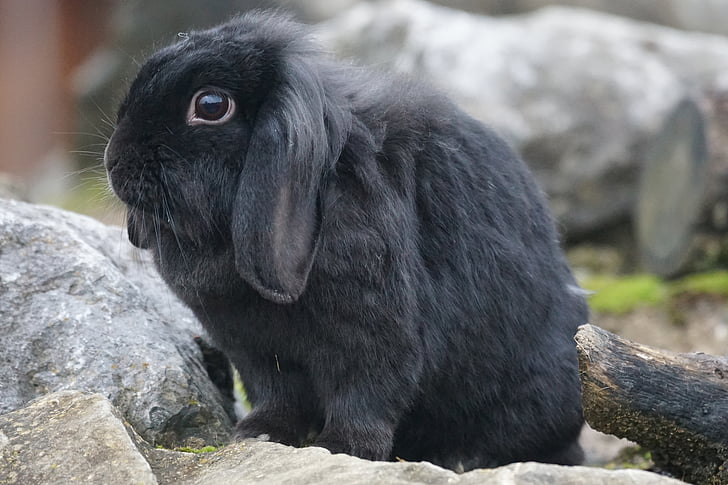
The Holland Lop, known for its floppy ears and small size, was first developed in the Netherlands in the 1950s by Adriann de Cock. He aimed to create a miniature version of the French Lop by crossing it with the Netherland Dwarf. The breed was recognized in the United States in 1979 and has since become a popular pet and show rabbit.
3. Lionhead
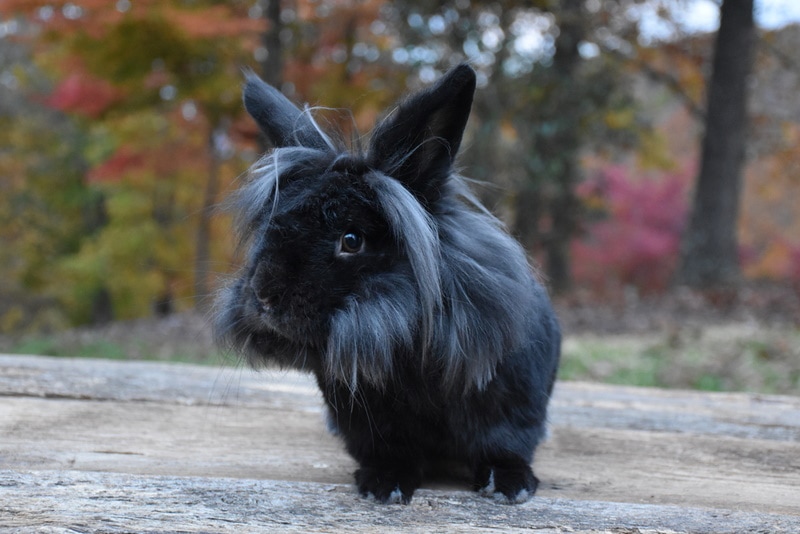
The Lionhead rabbit originated in Belgium and is believed to be the result of a cross between a Swiss Fox and a Netherland Dwarf. Their unique mane of fur around their head gives them their lion-like appearance. The breed was imported to the United States in the late 1990s and was officially recognized by the American Rabbit Breeders Association (ARBA) in 2014.
4. Mini Rex
The Mini Rex was developed in the United States in the 1980s by Monna Berryhill, who crossed a standard Rex rabbit with a Netherland Dwarf to create a smaller version with the same plush, velvety fur. The breed was recognized by the ARBA in 1988 and has become a popular choice for both pets and show rabbits.

5. Mini Lop

The Mini Lop, also known as the dwarf lop, was first developed in Germany in the 1970s by crossing the German Lop with the Chinchilla rabbit. The breed was imported to the United States by Bob Herschbach in 1972 and was recognized by the ARBA in 1980. Mini Lops are known for their friendly, outgoing personalities and medium size.
6. English Angora
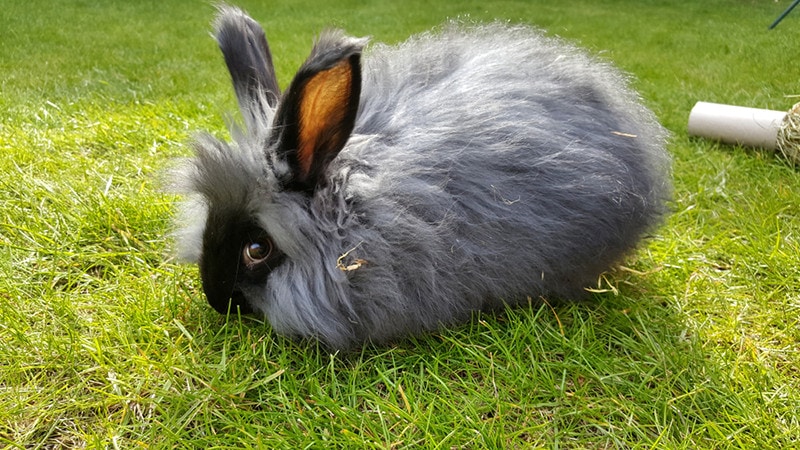
The English Angora is one of the oldest domesticated rabbit breeds, originating from Ankara (historically known as Angora), Turkey. They were first brought to Europe in the 18th century and became popular for their long, silky fur, which can be spun into luxurious yarn. English Angoras have been bred in the United States since the early 20th century and are cherished for their unique appearance and sweet temperament.
7. French Angora
The French Angora, like its English counterpart, also originated from Ankara, Turkey. However, it is a larger rabbit with a more robust body and shorter fur on its face and ears. The breed has been popular in Europe and the United States for its wool production and gentle nature.

8. Flemish Giant
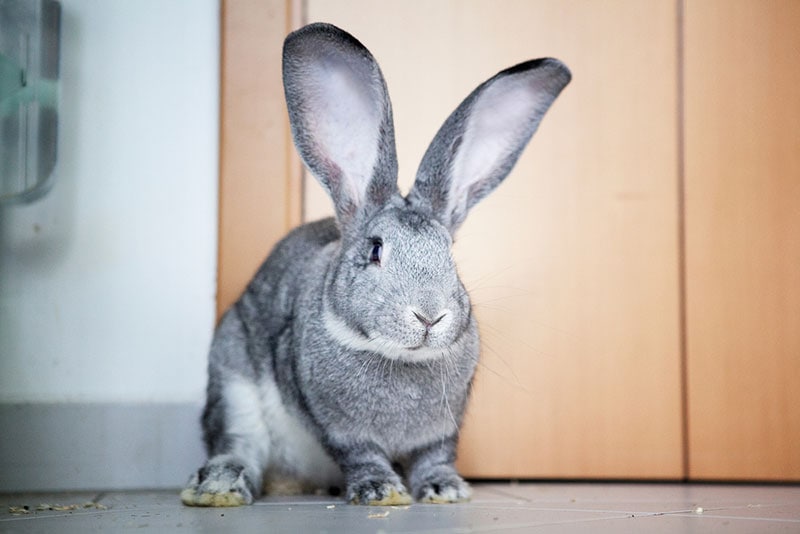
The Flemish Giant is one of the oldest and largest rabbit breeds, originating in the Flanders region of Belgium in the 16th century. They were initially bred for their meat and fur but later became popular as pets and show animals. Flemish Giants were introduced to the United States in the early 1900s and are known for their docile, friendly nature.
9. Harlequin
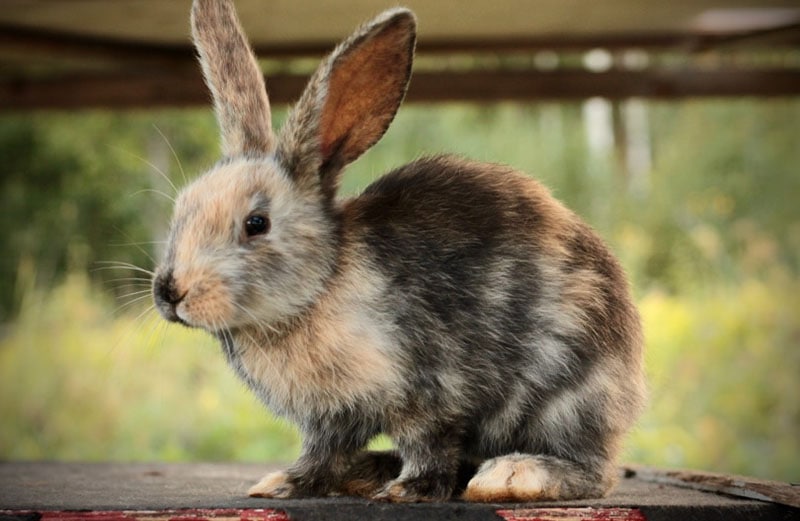
The Harlequin rabbit was developed in France in the late 19th century and is named for its distinctive, colorful markings resembling those of a Harlequin clown. The breed was imported to the United States in the early 20th century and has become popular for both exhibition and as pets due to their striking appearance and friendly disposition.
10. Dutch
The Dutch rabbit, despite its name, was actually developed in England in the 19th century. The breed is known for its distinctive white and colored markings, with a white blaze on the face, a white chest, and white paws. Dutch rabbits have been popular in the United States since the early 1900s for their charming appearance and friendly personalities.
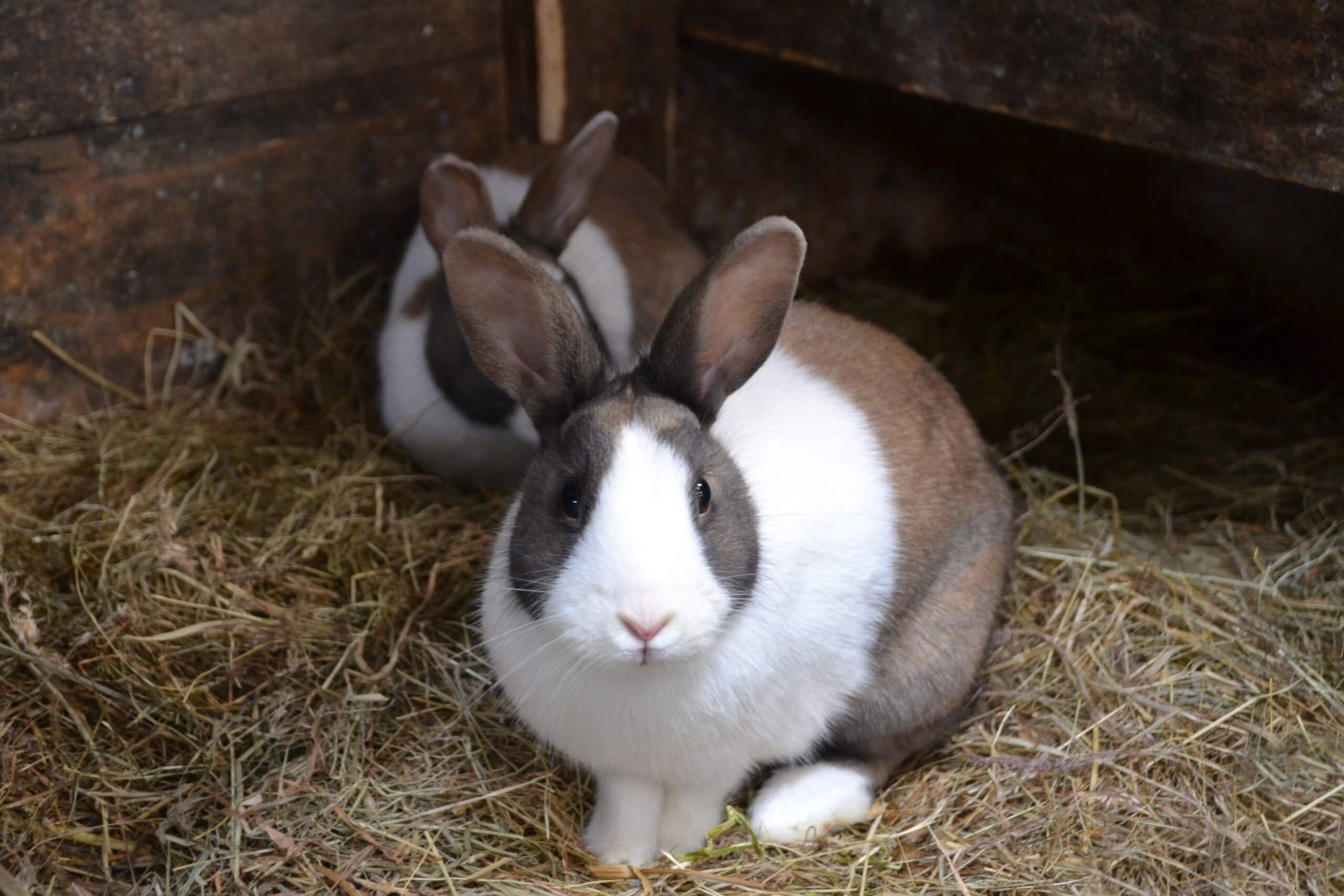
11. Polish
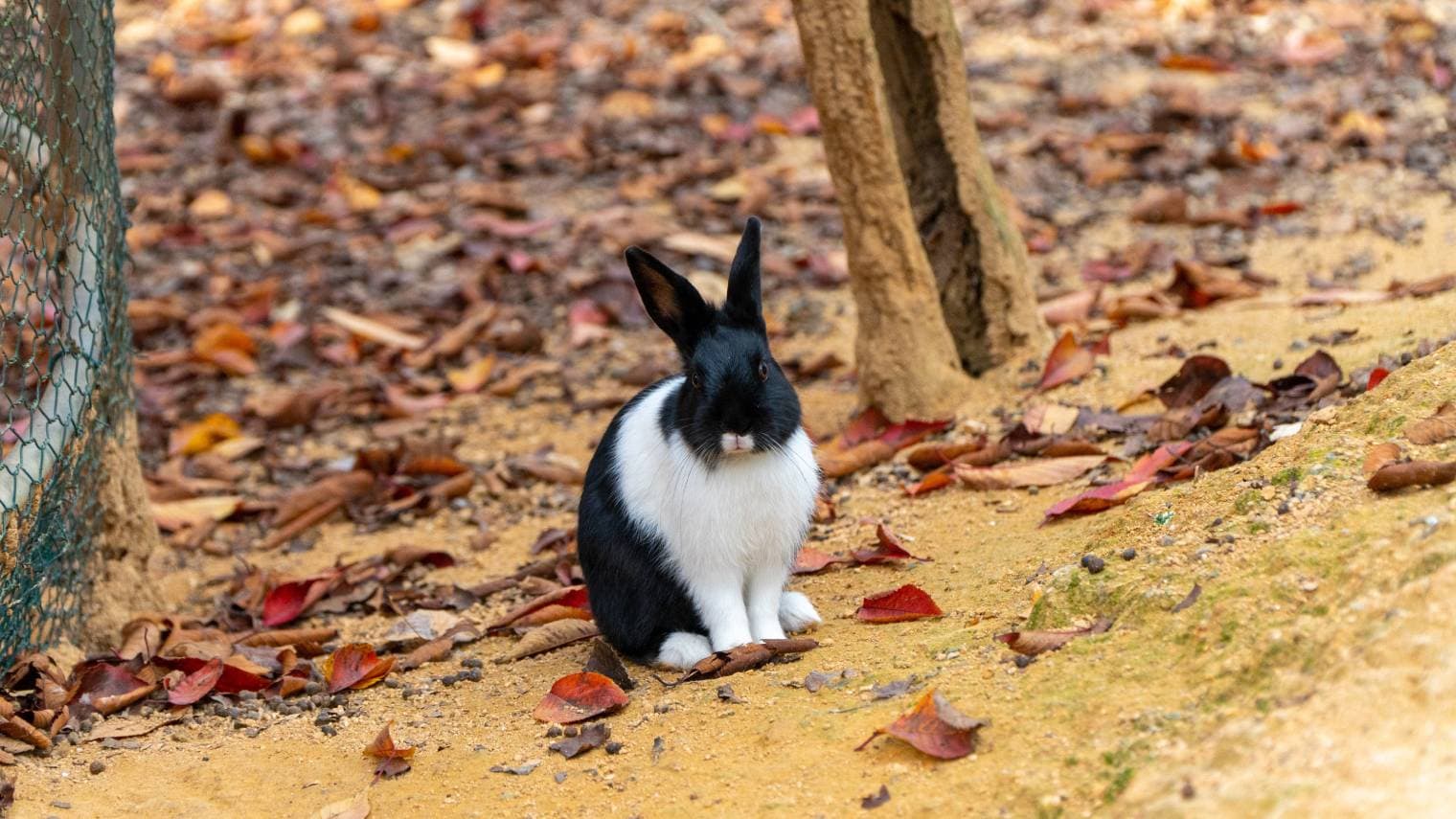
The Polish rabbit is a small breed that originated in England in the 19th century, although its exact origins remain unclear. They were initially bred for their small size and fine fur but later gained popularity as pets and show animals. Polish rabbits were introduced to the United States in the early 20th century and are known for their compact size, short ears, and sweet temperament.
12. New Zealand
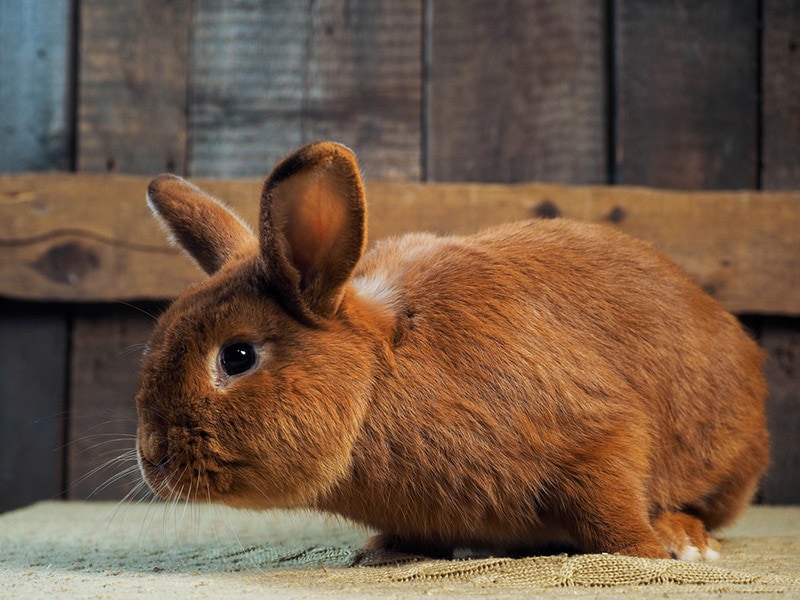
The New Zealand rabbit was developed in the United States in the early 20th century, primarily for meat and fur production. Despite its name, the breed did not originate from New Zealand. These rabbits are large, muscular, and have a gentle disposition, making them popular for both commercial purposes and as pets.
Conclusion
The domestication of rabbits has played a significant role in shaping human history and culture. From their humble beginnings as a food source in monastic communities to their status as beloved pets and symbols of luck and fertility, rabbits have left an indelible mark on our world. However, it is crucial to recognize the potential negative impacts of human intervention on rabbit populations and strive for responsible stewardship of these gentle creatures.
Featured Image Credit: New Africa, Shutterstock


